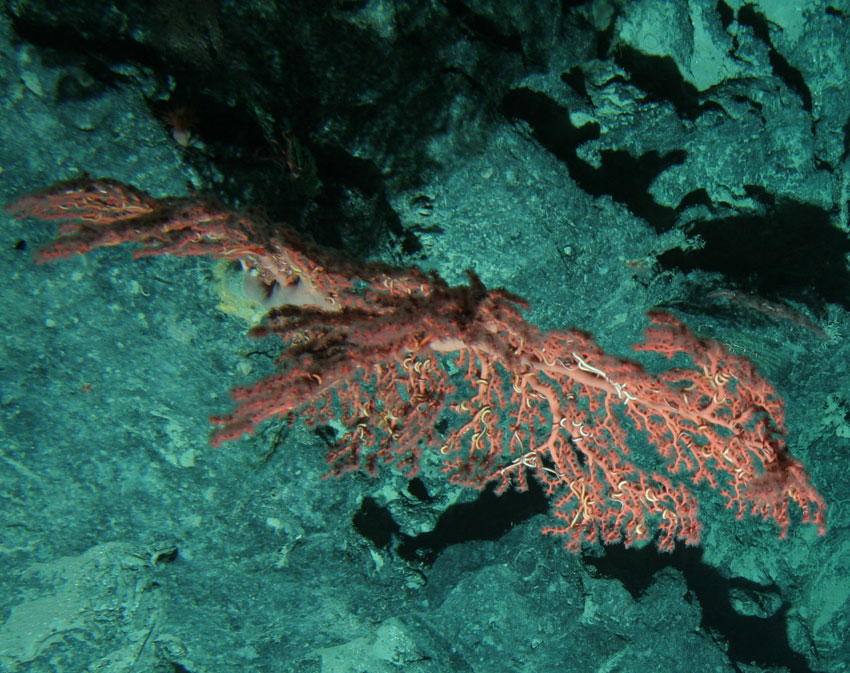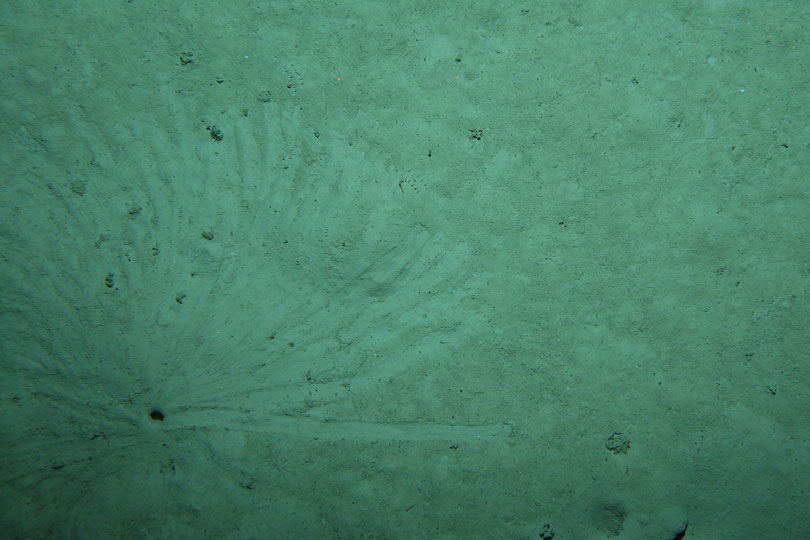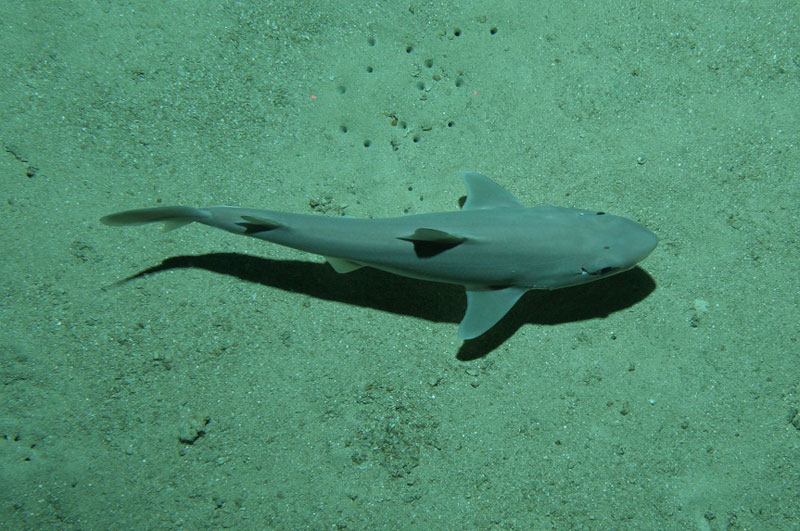Photography and Video
Last updated:7 June 2023
Unlike land based environments, relatively little is known about what the seafloor around Australia looks like or has living on it. Geoscience Australia undertakes a range of marine surveys to improve the understanding and the management of Australia's marine environments. One component of the research involves the use a towed video system to directly observe coastal and deep sea environments and identify what habitats occur there and the organisms that live there. In some regions these surveys build on existing knowledge, but in many areas, particularly in deep offshore sites, these devices provide the first images of the seafloor.
A towed video system is composed of a metal frame around a video camera and associated lights and sensors. Using a winch on the ship, the video system is lowered to 1-2 metres above the seafloor and is then towed along at 1-2 knots. This speed and altitude allows the video camera to record sharp images of the seafloor while covering a relatively long distance. Footage is sent up a cable to the ship so it can be viewed in real time. The hours of footage collected on the seafloor provide a wealth of information about the geological features, habitats and life forms occurring throughout Australia's marine jurisdiction.
Scientists at Geoscience Australia have developed a method which allows them to rapidly collect geological and biological information in real-time using the video footage of the seafloor (Anderson et al 2008). Video data can be processed at sea within hours of the equipment being deployed and maps representing the biological data can be generated. This reduces dramatically the timeframe in which seafloor information can be made available for research and management applications. Video data can be overlain on acoustic data such as multibeam bathymetry and backscatter to examine the relationships between seafloor depth and shape, composition and plant and animal distributions. Directly observing the seafloor geology and plants and animals not only allows for rapid characterisation but it also provides the foundation to monitor future changes.


